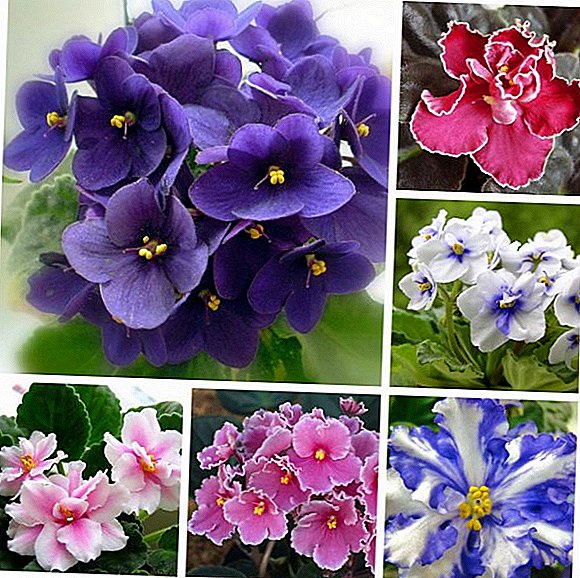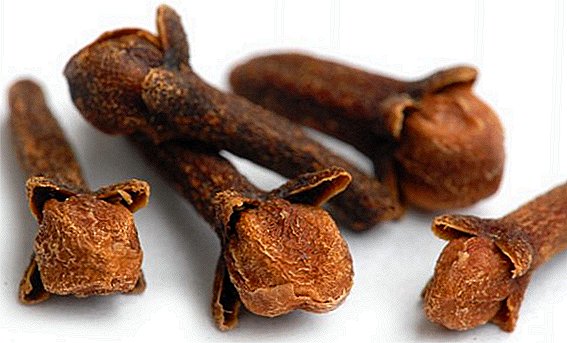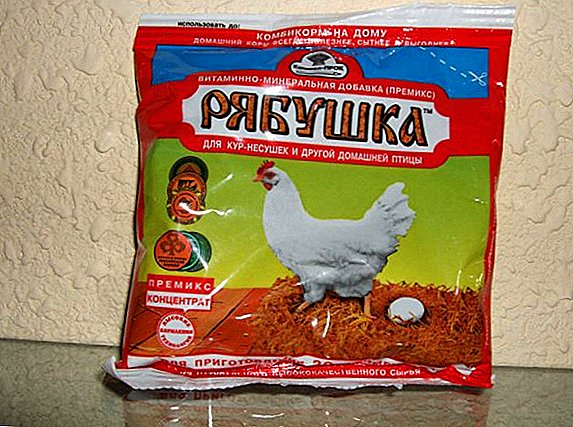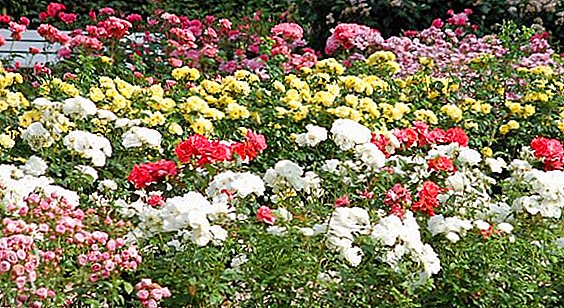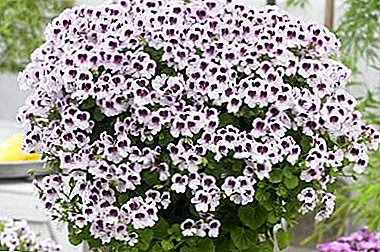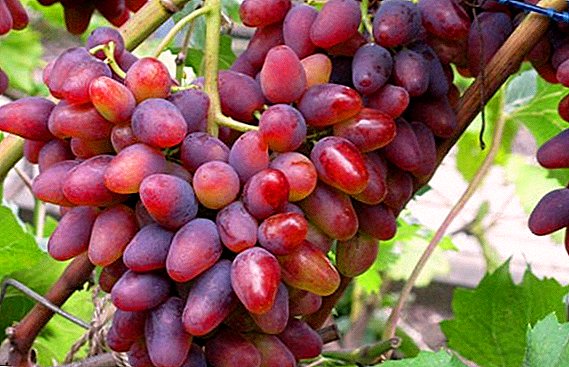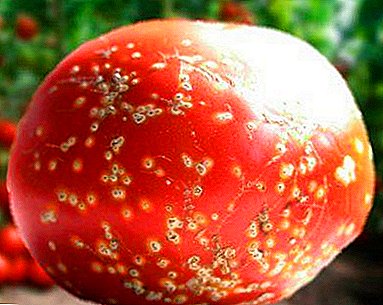
As soon as you decide to create a tomato plantation at home or in a greenhouse, you should be prepared for certain difficulties. Plants are alive, therefore, they are also subject to diseases and parasites, like animals.
In appearance, a beautiful plant withers dramatically, deteriorates and can die, and not having time to please its owner with succulent fruits.
The reasons are different, but it is important for a person to recognize a disease and solve it at the root before it is too late.
In the article you will find a description of the diseases of tomatoes (including those arising in the open field), their photos, as well as learn about ways to combat them.
General rules and recommendations
Unfortunately, progress has not yet reached the interpretation of signals from animals and plants to humans. The plant, unlike the animal, is a silent subject. To determine that something is wrong with a tomato, only external symptoms help.
Look at the leaves more often. Twisted, covered with atypical whitish or yellow spots, swollen, blackened leaves of a tomato - a sign that the plant feels bad. A withered plant with all its appearance hints at a disease.
Important: If the escape began to wane sharply - do not rush to fill it with water! The reason may not be a lack of moisture, and high humidity you risk infecting the plant with something else.
As soon as the focus of the disease and its cause is revealed, take care of the safety of the rest of the plantation.
Tomato diseases can be caused by viruses.The disease flora can be bacterial or fungal in nature.
Do not forget that, in addition to disease, tomatoes can also feel bad from the elemental lack of vitamins. Both healthy and whole shoots as well as shoots with injured leaves, stems and root system are at risk.
Next, tell about the diseases of tomatoes and methods of dealing with them.
Diseases of tomatoes: ways to fight and photo
Consider the most common ailments in vegetableswhat symptoms appear, how they look in the photo, including on plants grown in the open field, and what are the ways to treat tomatoes with minimal losses.
Late blight

A very common and unpleasant disease, which experienced gardeners recommend removing as quickly as possible. As soon as you see the dark spots on the stems and leaves of the vegetable - immediately declare quarantine! This disease is caused by a fungus. It can affect the fruits of the plant, with the result that the unlucky farmer simply remains without a crop.
Learn more about the dangerous diseases of tomatoes growing in the greenhouse, as well as see their photos, here.
Treatment: it is necessary to treat the affected plant with a special preparation. They can be purchased at garden stores. Often advise Fitosporin, Pseudobacterin-2, Baktofit, Strobe.
For opponents of chemical processing, there are folk recipes. One of them - garlic tincture with the addition of potassium permanganate.
Prevention: To initially reduce the risk of disease, purchase late blight tomato varieties. Regularly air the room in which you grow plants. And most importantly - do not flood the plantations with water, especially at low air temperatures.
Rot

There are several types of tomato rot: gray, brown, root and apical.
- Root rot it develops in cases when the ground itself was poorly dug up, poorly treated, and manure was not perepel as fertilizer. In this case, a complete replacement of the land for planting is required, otherwise the crop will not survive.
- Gray rot arises from high humidity or in case the bush is damaged. First, the disease affects the leaves, then the stems and stems of the fruit, and then the fruits themselves.
- Brown rotforming near the stem. The spots are gray and brown shades, respectively.
Used for the treatment of fungicidal drugs, that is, substances that kill the fungus. The most effective gardeners recognize Switch, Fundazol, Euparin. It is also recommended to spray the plants with tincture of garlic, in order to avoid the use of chemicals.
Unfortunately, not yet rotten variety tomato. Therefore, as a preventive measure, it is recommended not to plant the plants close to each other. If the tomatoes get rotten, remove them from healthy plants. And most importantly - do not injure the shoots, as the wounds give open access to the fungus!
Attention! Vertex rot is somewhat different: it does not arise from high humidity, but from a lack of calcium. Fruits that do not have time to ripen, are affected by dark brown spots, which subsequently dry up, but the fruit already loses its presentation.
To prevent the disease of fruits, fertilize the soil with substances and preparations with calcium. It is suitable for preparing the soil before planting, and for the treatment of already growing seedlings.
Cladosporiosis

The disease manifests itself as dark yellow and brown spots on the leaves of plants. It occurs due to high humidity and is also fungal in nature.
Important! Cladosporiosis is dangerous because the spores of the fungus are easily transported by air from diseased plants to healthy ones. When processing a diseased tomato, remove the infected leaves very carefully, because the disease can jump to healthy tomatoes, but there is no special chemical remedy for cladosporia.
Farmers offer a way out of the situation in the form of preventive measures, such as: tomato varieties resistant to the disease. If you suspect the spread of klaosporiosis should reduce the level of humidity in the room or greenhouse.
Viruses

If fungal spores act locally, then tomato viruses act on the whole plant, by analogy with the human body. The most common diseases of this kind in tomato are mosaic and tomato streak.
Important! Recognition of a viral or fungal disease in time will not allow your crop to die. Learn to distinguish the virus from the fungus, and then the result in the form of a good harvest will not take long.
Mosaic tomato is the spots on the leaves of the yellow shoot. When the disease is neglected, the leaves collapse strongly.
Strick is characterized by the fact that a whitish plaque appears on the plants, which destroys the plant from the inside, preventing it from living its cycle.
In the case of a viral disease of tomatoes, its treatment will be the separation of the damaged plant from healthy shoots. The freed hole and the area around it is strongly recommended to treat it with tincture with the addition of potassium permanganate.
Prevention
Better than any effective treatment is prevention only.. Experienced gardeners advise thoroughly preparing the seeds before planting the next crop. How to process tomato seeds before planting? First of all, it is recommended to fill the seeds with a solution of water and salt. After some time, good quality seeds settle to the bottom, and empty and small ones float to the top. In the future, tomato seeds are recommended to be treated with manganese solution and germinated in a moist environment.
Another option to strengthen the immunity of the future plantation will be hardening of seeds. In this procedure, the germinating seeds are alternately placed in a cold or warm environment. The hardened tomato seeds survive different temperature conditions better. and less prone to disease.
Growing tomatoes, whether in the garden or greenhouse, is not an easy task. It requires preparation for possible difficulties, awareness of possible plant ailments, attentiveness to the growing conditions of vegetables. With great desire and perseverance, any gardener, experienced or a beginner, can grow a good harvest of fresh tomatoes on their own. We wish you patience and success in growing delicious tomatoes!


